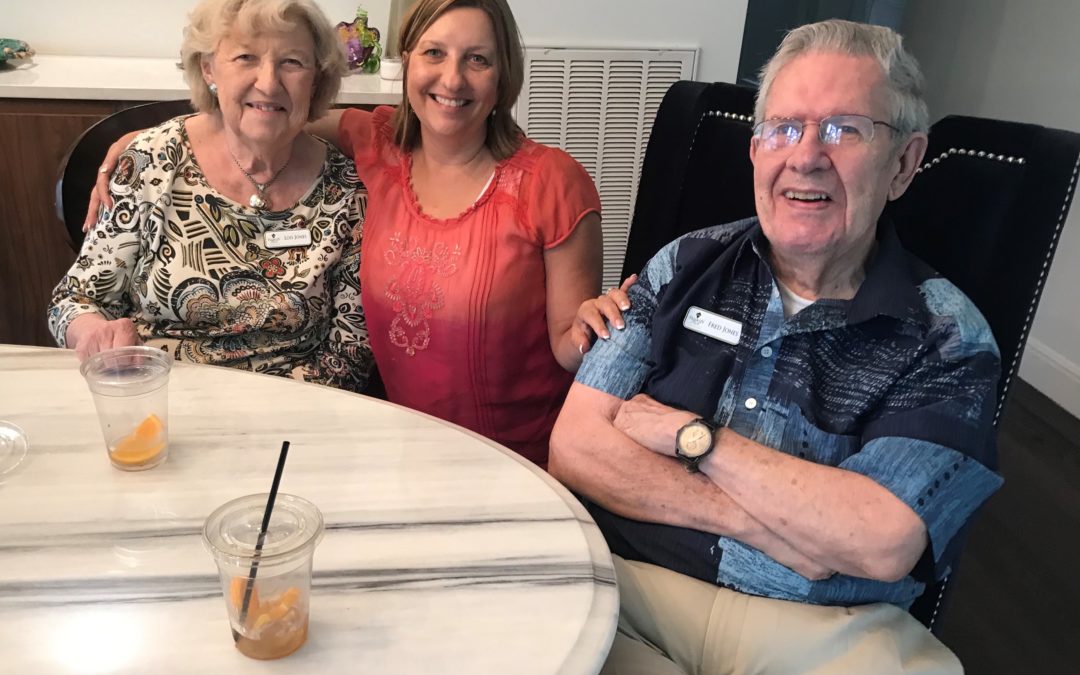question of what’s out there is often asked by seniors and their families as they begin looking in the community for help with housing, in-home care and other assistance for themselves or their loved ones. Many times the daughter or son of a senior is the one who needs to find these resources, and many times they have no clue where to begin. Words like residential care, assisted living, rehab, respite care or provider care are often heard at senior centers, hospitals or on the news. However, many individuals do not know exactly what these words mean, whether they apply to their situation or how to get started.
In this and subsequent articles, we hope to answer these questions, dispel myths regarding senior options and inform the community not only as to what’s out there for seniors, but also how to get started, whom to call and what their options are. As we explore many of these topics, seniors and their families will begin to see that there are many choices in the community; it is just a matter of finding them. Some are already known, and other choices are just emerging.
The first topic to be discussed is one regarding a housing choice for seniors. A little known option that is gaining popularity very quickly is the residential care home. These gems of assisted and nursing care are scattered throughout San Antonio and surrounding areas, often nestled in quiet neighborhoods. These homes often house up to three clients and provide a home-like atmosphere. Residential care homes are actual homes, often owned by doctors, nurses or certified nursing assistants, who want to provide care for our senior citizens on a one-to-one basis. These professionals not only open their homes to help senior citizens, but also can provide necessary medical attention and around-the-clock assistance. The average client in a residential care home is one who needs assistance in daily activities such as bathing, taking medications and food preparation. The resident may no longer drive and yet can enjoy activities that are often provided in these homes.
The environment of residential care homes makes the transition from the senior’s own home easier than from their home to a more impersonal facility. Families are encouraged to visit, take their loved one on outings, stay for lunch or just enjoy quiet time. They can come and go as they please, visiting as often as they like, without the need to sign in or out. The resident, in most cases, becomes like a family member of his caregivers, who work hard to provide for the needs of the senior, yet have a personal touch often missing in today’s overcrowded and understaffed facilities. The owners of these homes provide 24-hour care at a cost dependent upon care level needs, which can be less than other housing options. These homes are great finds in the field of senior care and provide residents with private or semi-private rooms, meals to their liking or to fit to their specific needs, such as for diabetics, and assistance in their daily activities.
Families can have peace of mind knowing that their loved ones are being treated well by professionals. It’s an environment where they can bring items from their loved one’s home, such as pictures for the walls. The transition then becomes easier if the senior has familiar items around that make him or her feel more at home, and they also have the privacy they may want. Residential care homes can often be found near the family home, making it easier for families to visit and also a comfort for the senior to know his or her loved ones are nearby. These homes are found in many areas in San Antonio and surrounding cities to fit a senior’s or family budget as well as to address a resident’s special needs.
Families or seniors need to contact senior services that specialize in residential care homes and will do the legwork for them, finding a series of choices from which the families can pick the best fit. Services will also help in weeding out inappropriate placements and eliminating the frustration families often feel knowing they have to do something but not knowing how to start or where to look. Doing this search on one’s own can be terribly time-consuming, and the individual rarely knows what is available or how to access it. It is hoped this first topic, residential care homes, will provide readers with another option for seniors. Familiarity with this option can help with decisions as to the next step to be taken in their loved ones’ lives. Information is the key, and having choices makes it easier to find the appropriate care and meet the needs of our senior population.
In future articles, we will be discussing other options of senior care, more housing needs, funding options, boarding homes and services for the mentally ill, and providing information to make transitions and life changes easier by knowing what’s out there.









0 Comments